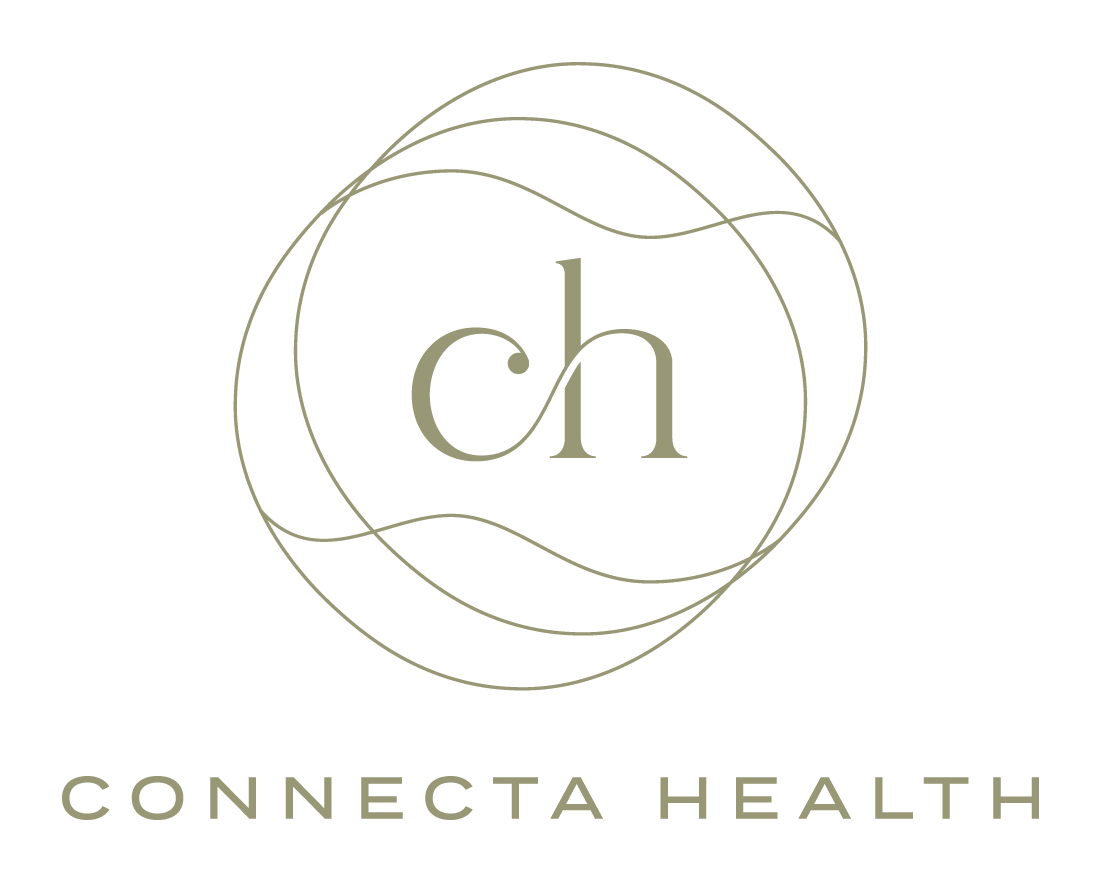Boosting Your Vagal Tone: Simple Ways to Improve Your Well-being
Have you ever heard of something called "vagal tone"? It might sound like medical jargon, but understanding and enhancing your vagal tone can have a significant impact on your overall health and well-being. In this article, we'll break down what vagal tone is and explore some straightforward methods, including the Basic Exercise by Stanley Rosenberg, which incorporates eye positioning, to increase it.
What is Vagal Tone?
The vagus nerve, also known as the "wandering nerve," is one of the longest nerves in your body, running from your brainstem down through your chest and into your abdomen. This nerve plays a vital role in regulating various bodily functions, such as heart rate, digestion, and even your mood. Vagal tone refers to the activity and responsiveness of your vagus nerve.
A higher vagal tone is associated with better health and well-being. It helps your body relax, recover from stress, and maintain a balanced state. On the other hand, a lower vagal tone can lead to increased stress, anxiety, and a higher risk of various health issues.
Now that we understand what vagal tone is, let's explore some simple ways to increase it, including the eye positioning technique recommended by Stanley Rosenberg.
Deep Breathing
One of the easiest and most effective ways to boost your vagal tone is through deep breathing exercises. When you take slow, deep breaths, you activate your vagus nerve's calming response, reducing stress and anxiety. Longer exhales promote relaxation and a lowering of the body’s stress response.
Simple Breathing Exercise:
Find a quiet and comfortable place to sit or lie down.
Close your eyes and take a slow, deep breath in through your nose for a count of four.
Hold your breath for a count of four.
Exhale slowly through your mouth for a count of six.
Repeat this cycle for several minutes, focusing on your breath and letting go of any tension.
2. The Basic Exercise by Stanley Rosenberg
Stanley Rosenberg's Basic Exercise is a fantastic addition to your vagal tone-boosting routine. It incorporates specific eye positioning and gentle neck movements to stimulate the vagus nerve.
Basic Exercise:
Sit or lie down in a comfortable position.
Slowly turn your eyes and head to the right, as if you are trying to look over your right shoulder.
Hold this position for a few seconds while taking a deep breath in.
Exhale slowly as you return your head and eyes to the center.
Repeat this process, turning your head and eyes to the left.
Stanley Rosenberg's Basic Exercise encourages lateral eye movements, which can help stimulate the vagus nerve and enhance its activity. This exercise is particularly useful for those looking to target their vagal tone and promote relaxation.
3. Meditation and Mindfulness
Practicing meditation and mindfulness techniques can also improve your vagal tone. These practices help you stay present, reduce stress, and stimulate your vagus nerve's relaxation response.
Find a quiet spot, sit comfortably, and close your eyes.
Focus on your breath or a calming mantra.
When your mind starts to wander, gently bring your attention back to your breath or mantra.
Meditate for at least 10-15 minutes daily to reap the benefits.
4. Laughter and Social Connections
Laughter truly is the best medicine. Engaging in activities that make you laugh or spending time with loved ones can increase your vagal tone. Social connections and positive emotions are known to stimulate your vagus nerve.
Watch a funny movie or comedy show.
Share jokes and stories with friends and family.
Join social clubs or groups that interest you to foster new connections.
5. Yoga and Stretching
Yoga and stretching exercises help to release tension and promote relaxation, positively impacting your vagal tone.
Incorporate yoga into your weekly routine. Many yoga poses and practices are designed to calm the nervous system.
Stretch daily to release physical tension and enhance your overall well-being.
6. Cold Exposure
Surprisingly, exposing your body to cold temperatures, such as cold showers or cold water immersion, can also improve vagal tone. It activates the vagus nerve's response and boosts your resilience to stress.
Start with short cold showers and gradually increase the duration.
Be cautious and consult a healthcare professional if you have underlying health conditions.
Enhancing your vagal tone is a simple yet powerful way to improve your overall well-being. By incorporating practices like deep breathing, meditation, laughter, social connections, yoga, stretching, and Stanley Rosenberg's Basic Exercise, which includes lateral eye movements, into your daily routine, you can activate your vagus nerve's relaxation response, reduce stress, and enjoy a happier, healthier life. So, why not start today and take the first step towards boosting your vagal tone? Your body and mind will thank you for it!
Renee Simons, RMT lives in Calgary AB with her family and dog.
